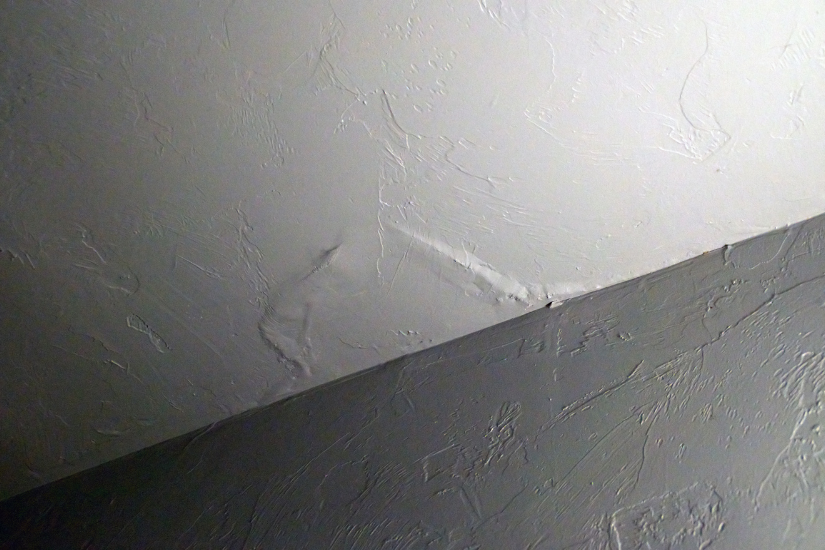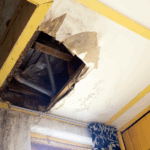What St. Louis Homeowners Should Know About Water Cleanup
When a pipe bursts or a heavy storm floods part of your home, the carpet is often the first thing to absorb the water. But not all wet carpet is treated the same. Professional water damage restoration teams in St. Louis employ various equipment and techniques, depending on the type of carpet and its level of saturation.
Not all water damage is equal. A rug in a finished basement that’s soaked from clean water needs a very different approach than glued-down carpet affected by a sewage backup. Restoration crews start by identifying the category of water and how deeply it’s penetrated.
For residential pile carpet with padding underneath, high-volume extraction tools are usually used first—think weighted extractors or water claws that push water out of the padding without needing to remove it immediately. These tools are designed to remove water through compression, helping preserve the padding if the water is clean and the response is fast.
For commercial-grade glue-down carpet, the approach changes. These carpets usually don’t have padding underneath, which makes water extraction simpler. Pros use low-profile wands with high-powered truck mounts to pull out water without damaging the adhesive.
In both cases, airflow and humidity control are critical once the water is out. Air movers and dehumidifiers work together to dry remaining moisture trapped in fibers or subfloor layers. If the water is contaminated or sits too long, the carpet and possibly the subfloor will need to be removed for safety and odor control.
Moisture meters help technicians confirm that the carpet and underlayers are truly dry. Without that step, hidden dampness can lead to mold, odor, or structural issues down the line.
If your carpet has been soaked—whether it’s clean water from a leak or something more serious—don’t guess. Call Sansara 24/7 Restoration & Remodeling at (636) 812-3838. We’ll respond quickly, assess your carpet, and use the right equipment to protect your home and health.


